In 2019, I wrote a university thesis about concepts of history, change, and time in the 15th and 16th centuries. Part of this thesis included …
JOHN FOXE’S CONCEPT OF HISTORY AND TIME
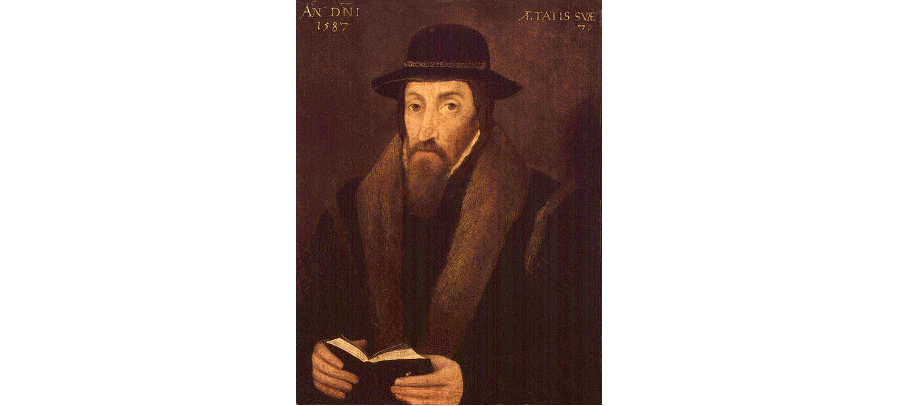
Tudor Treasures & Medieval Musings
WITH GRADUATE HISTORIAN JESSICA CAREY-BUNNING

In 2019, I wrote a university thesis about concepts of history, change, and time in the 15th and 16th centuries. Part of this thesis included …
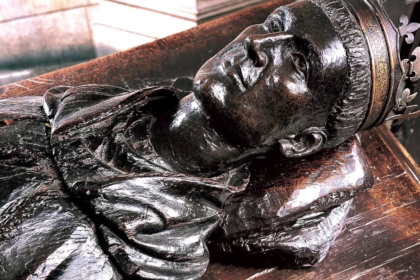
As part of the funeral ceremony, a shield, helm, saddle, and sword, his funeral ‘achievements,’ were carried in procession, to show Henry V’s martial success and knightly honour, and then displayed on a wooden beam above the chantry chapel built around his tomb. Unfortunately the sword has been lost to us, but remarkably the saddle, helm, and shield still survive in the Westminster Abbey museum.

After the Norman Conquest the nobility of England medieval French. English was slow to be accepted by the courts of the English kings…but with the efforts of Edward III, Henry IV and Henry V, English, after many centuries, once more became the language of English kings.
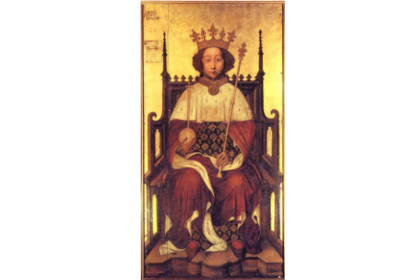
This portrait of Richard II is believed to have been painted in the 1390s. Though Richard’s coronation took place some 20 years earlier, on the 16th July, 1377, it shows Richard as he would have appeared that day, in his crimson and ermine coronation robes on the Coronation Chair, holding the orb and sceptre. As far as we know, it has been displayed in Westminster Abbey since its creation

There are only two letters amongst the Paston collection which were written within a year of Richard III’s death and Henry VII’s victory at the Battle of Bosworth Field on the 22nd of August, 1485. The beginning of a new regime is acknowledged in both of these letters; in the sign-off, both authors state that they were written in the first year of Henry VII’s reign.
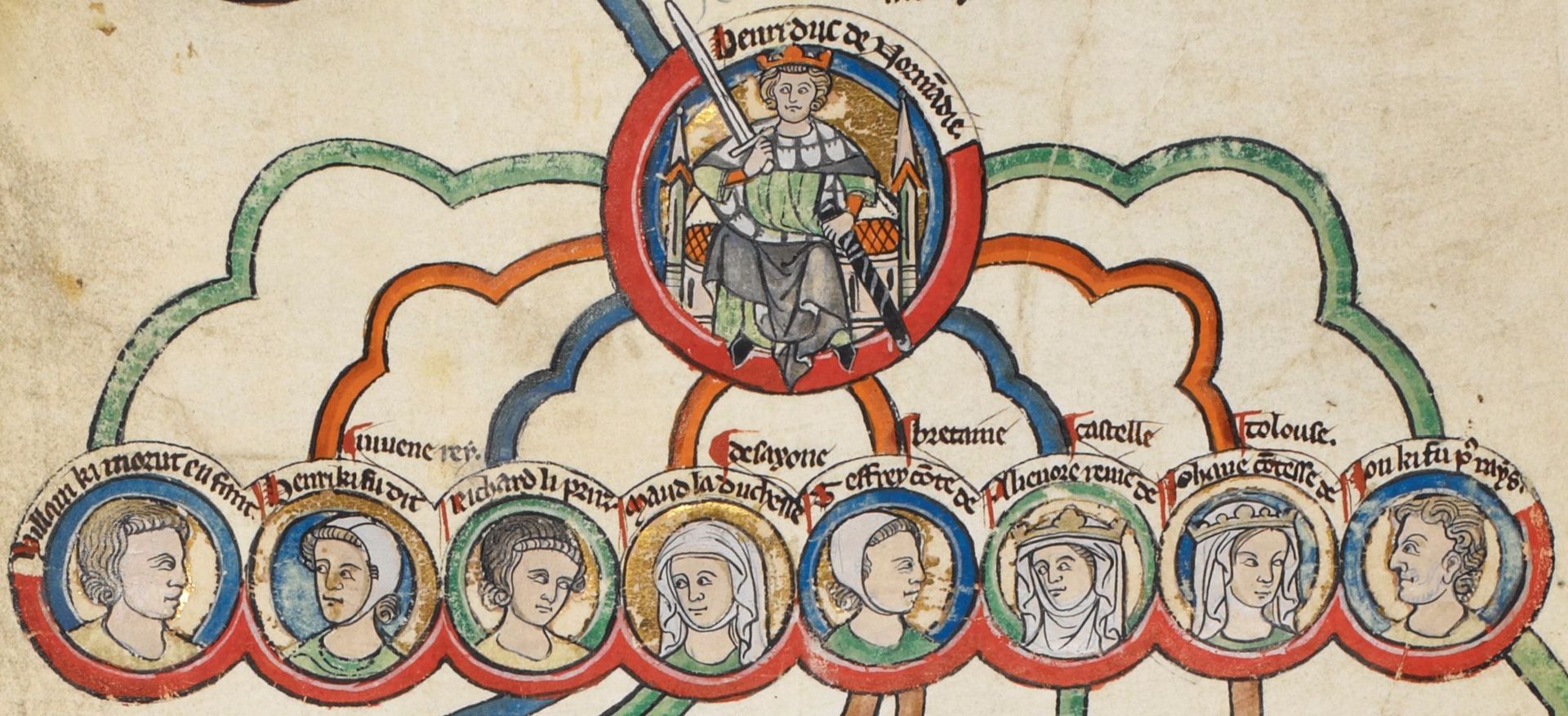
‘The Genealogical Roll Chronicle of the English Kings’ show Henry II and his children. This spectacular manuscript is from the reign of Edward I. It is a genealogical account of the kings of England and their families. The genealogy starts with Egbert, king of Wessex, down to Edward III.
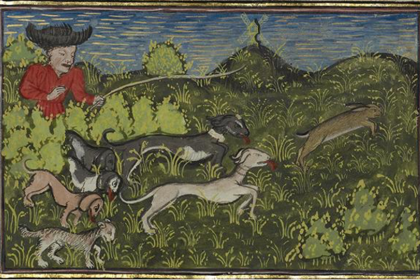
Deciding on a name for your new dog can be a challenge at times; one medieval duke clearly thought so when he compiled a list …

I’d like to take a moment to honour the passing of Ian Hamilton, who will be remembered by the world for the significant role in …